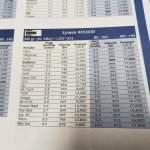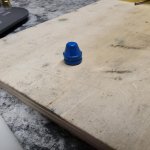dearslayer
Regular
- Location
- On The Edge
A while back it was recommended that I change out the springs in my Ruger SR1911 .45acp to have more controlled handling. The pistol now has a 13 lb recoil and 17 lb main spring. I want to load some cast 200gr SWC boolits. I found in the Lyman cast bullet 4th edition handbook a load for a Lyman #452630 200gr ( #2 alloy ) using Win231 with starting grains of 5.4 and max of 6.1. Given the pistol has lighter springs should I start at less than the minimum charge?









































































